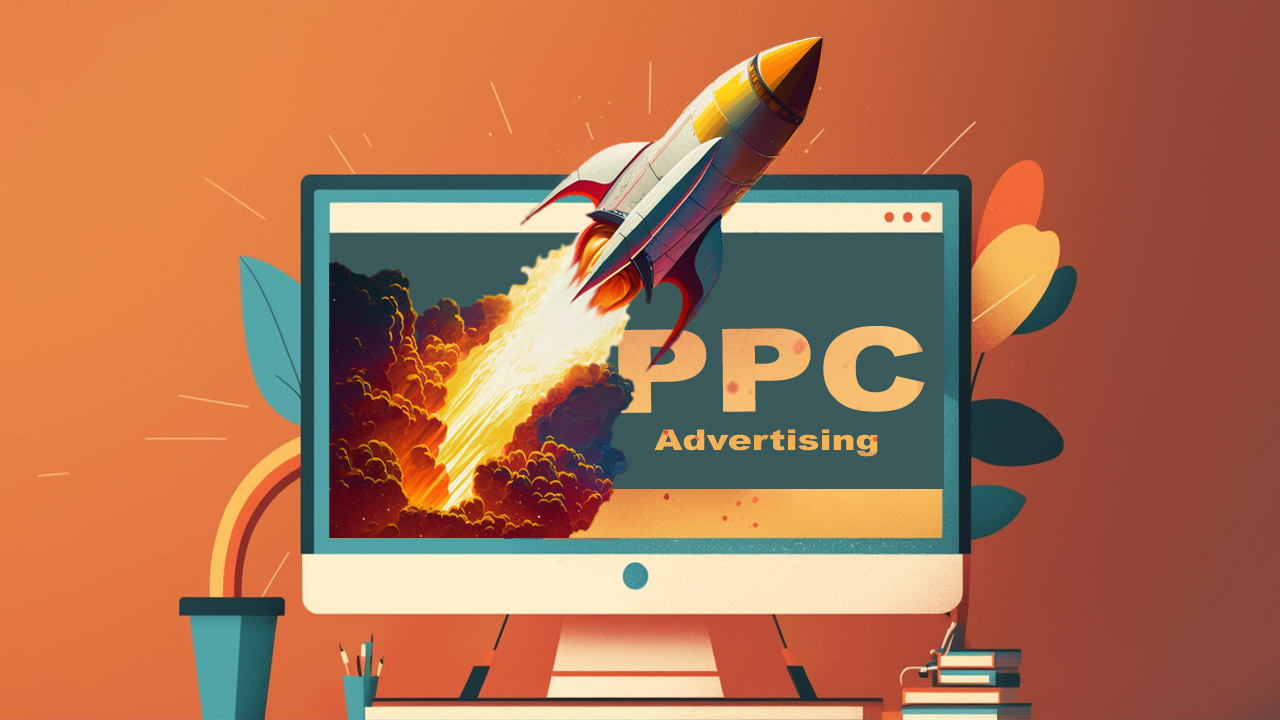Businesses are constantly seeking effective marketing strategies to stay ahead of the competition and reach their target audience. Pay-per-click (PPC) advertising has emerged as a powerful and cost-efficient approach that enables advertisers to drive traffic, increase conversions, and generate revenue through a variety of online platforms. This comprehensive guide will delve into the world of PPC advertising, providing insights into its key components, popular platforms, and proven strategies for creating successful campaigns. Additionally, we will explore advanced techniques, future trends, and how businesses can adapt to stay at the forefront of the ever-evolving PPC landscape. Whether you are new to PPC advertising or a seasoned marketer looking to refine your skills, this guide will serve as an invaluable resource to help you navigate the intricacies of this dynamic marketing model.
This guide will discuss the basics of PPC advertising, the various platforms available, and strategies for creating successful campaigns.
What is Pay-Per-Click (PPC) Advertising?
PPC advertising is a digital marketing model where advertisers pay a fee each time their ad is clicked by a user. It allows advertisers to bid on keywords related to their target audience, and their ads appear alongside or above organic search results. The primary goal of PPC is to drive traffic to websites, increase conversions, and ultimately generate revenue.
Key Components of PPC
- Keywords: Advertisers choose keywords relevant to their business to target specific search queries.
- Broad match: The ad will appear for searches containing any combination of the keywords.
- Phrase match: The ad will appear for searches containing the exact keyword phrase.
- Exact match: The ad will appear for searches matching the exact keyword.
- Ad Copy: The text that appears in the ad, designed to entice users to click and visit the website.
- Compelling headlines: Capturing user attention and communicating the ad’s purpose.
- Call-to-action (CTA): Encouraging users to take a specific action on the website.
- Landing Page: The destination page users reach after clicking the ad. Landing pages should be relevant to the ad copy and offer a seamless user experience.
Popular PPC Advertising Platforms
Google Ads
Google Ads is the most widely used PPC advertising platform, allowing advertisers to reach a vast audience through Google’s search engine and its partner websites.
- Benefits:
- Wide reach: Google processes over 3.5 billion searches per day.
- Targeting options: Advertisers can target users based on keywords, location, demographics, and interests.
- Performance tracking: Google Ads provides in-depth analytics and conversion tracking tools.
Microsoft Advertising (formerly Bing Ads)
Microsoft Advertising is a PPC platform that enables advertisers to reach users through the Bing, Yahoo, and AOL search engines.
- Benefits:
- Less competition: Lower competition often results in lower cost-per-click (CPC) rates.
- Integration with LinkedIn: Advertisers can target users based on their LinkedIn profiles.
Social Media Platforms
Social media platforms like Facebook, Instagram, Twitter, and LinkedIn also offer PPC advertising options, allowing advertisers to reach their target audience based on demographics, interests, and behavior.
Creating a Successful PPC Campaign
Research and Select Relevant Keywords
- Conduct keyword research using tools like Google Keyword Planner, SEMrush, or Ahrefs.
- Choose keywords with high search volume and low to moderate competition.
- Create a list of negative keywords to exclude irrelevant search queries.
Write Compelling Ad Copy
- Create a unique selling proposition (USP) to differentiate your business from competitors.
- Write clear and concise headlines and ad copy.
- Include a strong call-to-action (CTA) to prompt users to take action.
Optimize Landing Pages
- Ensure landing pages are relevant to ad copy and keywords.
- Use clear headlines, engaging content, and strong CTAs.
- Optimize for mobile devices and fast loading times.
Monitor and Optimize Campaign Performance
- Regularly review campaign data, including click-through rates (CTR), conversion rates, and cost-per-click (CPC).
- Adjust bids, ad copy, and targeting options to improve performance.
- Test different ad variations and landing pages using A/B testing.
By understanding the key components of PPC, selecting the right advertising platform, and implementing effective strategies, advertisers can create successful campaigns that generate a strong return on investment (ROI).
Advanced PPC Strategies
In addition to the basic elements of a successful PPC campaign, advertisers can further optimize their campaigns by employing advanced strategies.
Ad Extensions
Ad extensions are additional pieces of information that can be included in your ads, such as:
- Sitelink extensions: Additional links to specific pages on your website.
- Call extensions: A phone number for users to call your business directly from the ad.
- Review extensions: Display customer reviews or ratings to build trust.
Remarketing
Remarketing allows advertisers to target users who have previously visited their website but did not convert. By creating remarketing lists and tailoring ads to these users, businesses can improve their chances of converting them into customers.
Geo-Targeting
Geo-targeting enables advertisers to target users based on their geographical location. This can be particularly useful for businesses with physical locations or those looking to target specific regions.
Device Targeting
Device targeting allows advertisers to target users based on the device they are using, such as desktop computers, tablets, or smartphones. Advertisers can create device-specific ads and adjust bids based on device performance.
Dayparting
Dayparting refers to scheduling ads to run during specific times of the day or days of the week. By analyzing when their target audience is most likely to be online and engaged, advertisers can optimize their ad spend and increase the chances of conversion.
The Future of PPC Advertising
As the digital marketing landscape continues to evolve, advertisers must stay up-to-date with the latest trends and technologies in PPC advertising. Some areas to watch include:
- Artificial Intelligence (AI) and machine learning: Advanced algorithms that help optimize campaigns, improve targeting, and predict user behavior.
- Voice search: The rise of voice-activated assistants, such as Amazon Alexa and Google Assistant, has led to an increase in voice searches, which may require adjustments in keyword strategies.
- Video advertising: Video ads are becoming increasingly popular, especially on social media platforms, and can offer higher engagement rates than traditional text ads.
By staying informed and adapting to these emerging trends, advertisers can continue to leverage PPC advertising as a valuable tool for driving traffic, increasing conversions, and growing their businesses.








